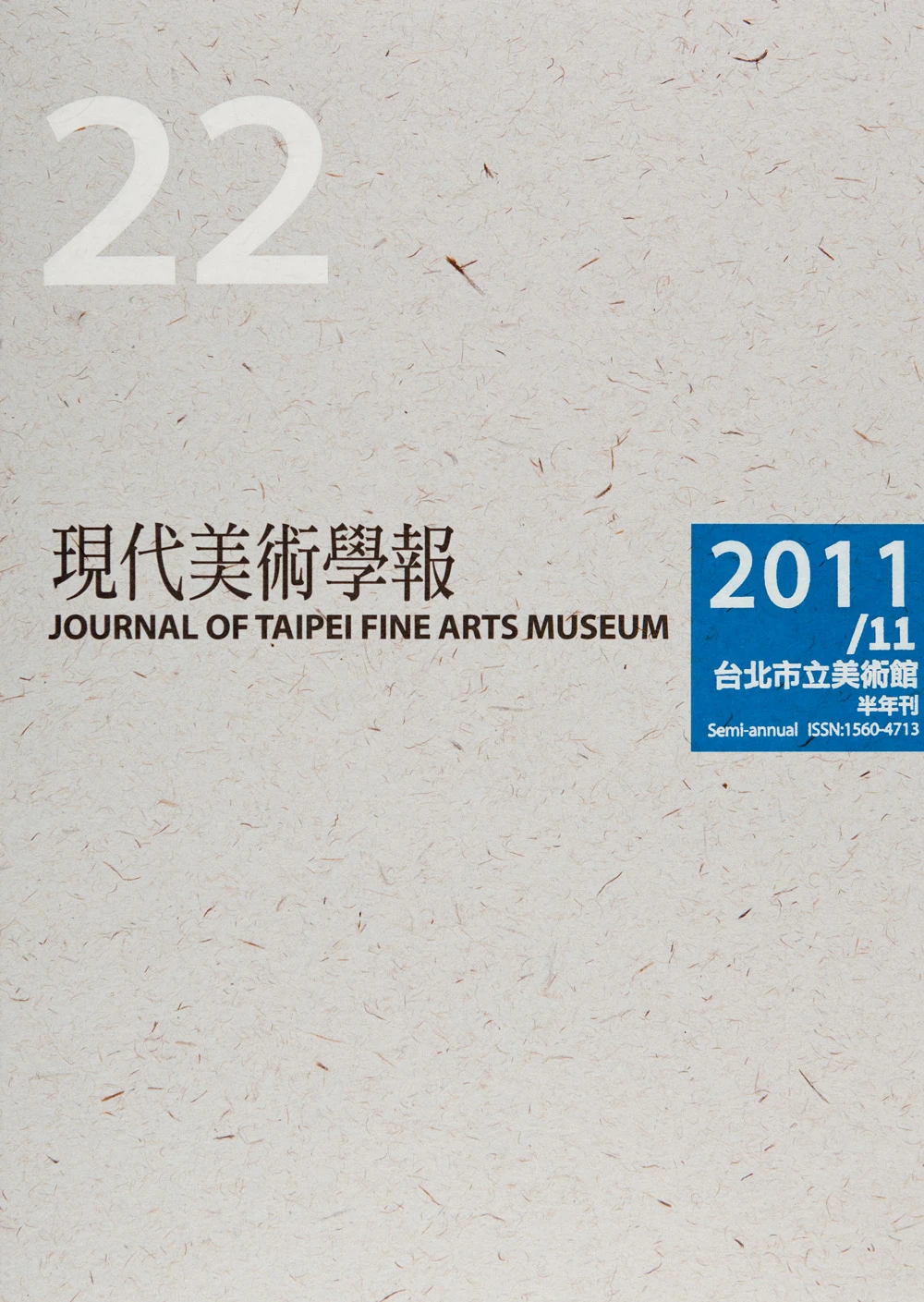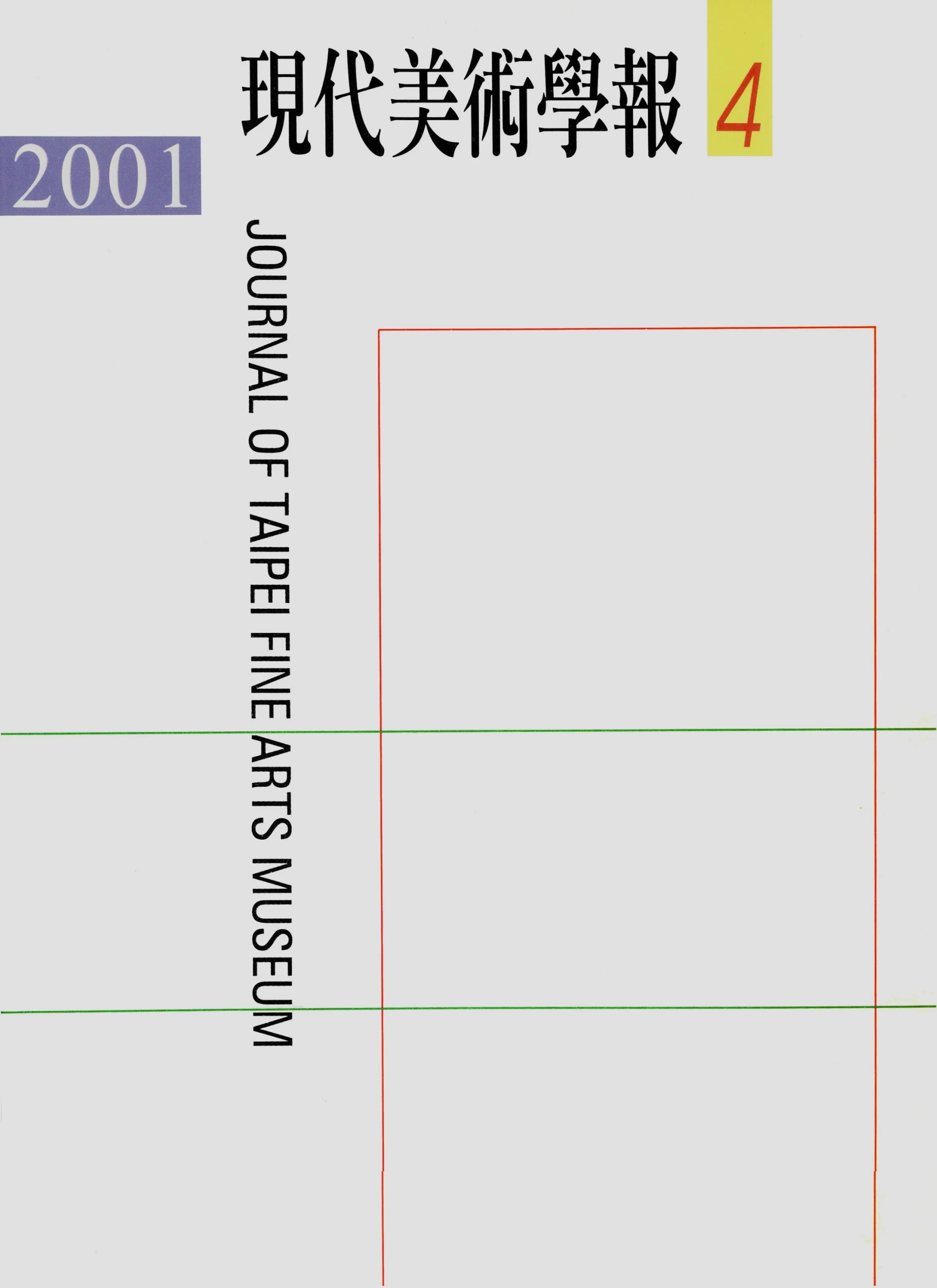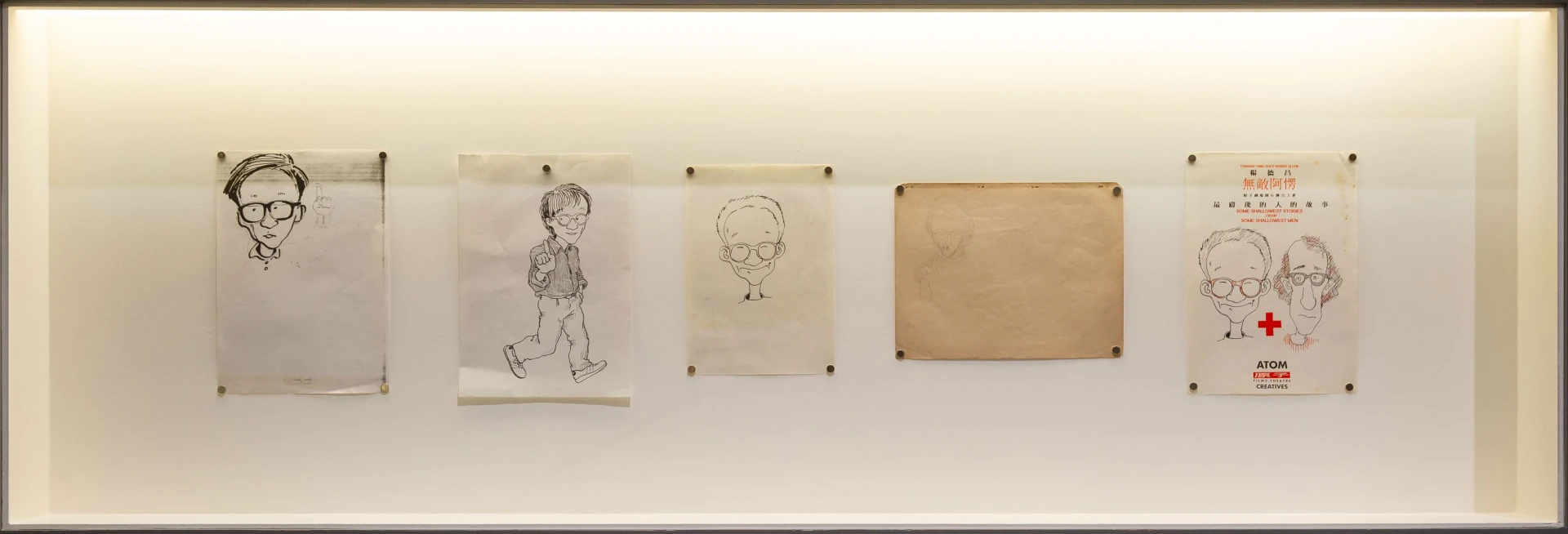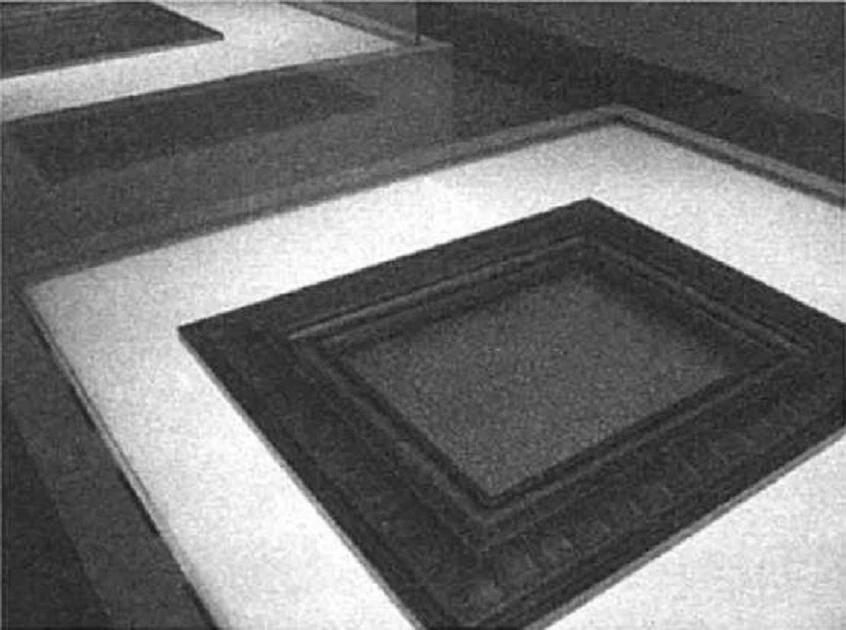摘要
法國思想家尚.布希亞 ( Jean Baudrillard) 雖然已於2007年去世,但他的思想仍受到大量的閱讀及討論。本期《現代美術學報》(以下簡稱本期學報)專輯以「布希亞:思想與藝術」為題,其中收集了法國和台灣2014年兩次相關研討會中發表的論文改寫。這兩次研討會本身已足以見證布希亞仍是一個受到熱烈討論的當代思想火種,而且這思想並未隨著他本人離世。
在法國舉行的研討會乃是在布希亞讀書及工作多年的南特禾大學(Nanterre,現改名巴黎西方—南特禾大學 Université Paris Ouest-Nanterre)。布希亞曾在南特禾以《物體系》(Le Système des objets) 獲得社會學博士,且繼續留校任教。2014年是南特禾大學創校五十週年,特別舉行了一系列活動和研討會,其中也紀念曾在此任教的重要大師,而布希亞名列其中。在其中,社會學系中的資深教授表示,布希亞好長一段時間都曾是法國社會學中的禁忌,如果學生在其博士論文中加以引用,便會受到抵制,被要求把這段引文刪除。如此看來,2014年11月底在南特禾的這場會議,代表著學院對他的重新接受,象徵意義十分重大。這次會議的名稱是「尚.布希亞:獨特性經驗」(Jean Baudrillard: l'expérience de la singularité),會期共3天,涵蓋的層面相當廣,由社會學到文化理論,由布希亞的政治批判到時事批評,由他的寫作風格到他和電影及新聞影像間的關係,各種類型的議題都有其討論者。
本期學報「布希亞:思想與藝術」專題自2104年南特禾研討會中邀請了3篇文章[1]。首先有2篇是布希亞生前好友所撰寫的論文。其中馮華絲.蓋伊雅 (Françoise Gaillard) 教授早年曾和布希亞一起在美國加州大學聖地牙哥分校訪問講學,對他整體思想風格有深入的體認及瞭解。這次她發表的論文,其實延續自專題主編和蓋伊雅教授於2013年巴黎國家圖書館布希亞紀念日討論會中的話題:究竟要如何(在圖書館中)歸類這樣一位無法規類的人物呢?我們那時共同的想法即是「pensée radicale」;很高興她後來能寫出「布希亞:決絕的思想家」這篇論文綜論其思想風格,並對「pensée radicale」提出她個人的詮釋角度。另1篇來自南特禾研討會的論文則為尚-保羅.居尼葉 (Jean-Paul Curnier) 所寫。他以曾和布希亞共事合作的「內部人語」角度,提出了他對布希亞針對當代藝術所發動的一系列攻擊他個人的說明和詮釋。這位布希亞「戰友」同時也解說了「當代藝術」此一名詞在法國的發展歷程作為事件背景,亦值得重視。還有1篇由法文而來的文章,乃是布希亞本人1999年於法國西南大城土魯斯展覽攝影作品並於土魯斯第二大學藝術中心發表談話及回應提問之紀錄稿。當年接待主持的安娜.蘇娃玖 (Anne Sauvageot) 教授將這段紀錄列入其於2014年出版討論布希亞的新書之中,並且在南特禾會議當場即很慷慨地答允授權轉載這篇「新出土」的文獻[2],其友誼與善意值得深深感謝。在這篇紀錄稿中,可以看到布希亞如何回應聽眾們一些率直的提問。這些問題也是他後來同時扮演思想家和創作者雙重身份所經常引發的問題,相當具有代表性,而他的回應也可澄清不少疑問。最後,法文方面,布希亞夫人馬琳 (Marine Baudrillard) 也提供了一篇短文,除了以她特別的方式祝賀本專輯的出刊外,也提到了布希亞的一些軼事,描繪其人處世風格。文中她對布希亞的思念溢於言表,這篇短文也更彌足珍貴。
這次專題也刊出了4篇中文稿件,其中朱元鴻、高國魁和我本人的論文初稿皆曾於2014年十月在臺北市立美術館舉辦的「布希亞:思想與藝術專題座談」中發表,這個討論會很巧地是在美術館的圖書室內舉行。專題座談是本編委會有感於北美館致力於提升美術館學術水準,不僅邀請外部委員參予編委會,並推動學刊國際化,於是提出一些使專題結合學術活動的作法,期使期刊能充份和館內空間運用相結合,並使學界的力量更能注入美術館之中,改善其研究體質,使它能和世界各地的重要美術館一樣,充份參與知識的生產和最新動態。很可喜的是,這3篇論文,再加上投稿專題的葉郁田論文,和法國寄來的論文在主題上有許多交集,充份地進行了對話和激盪。最後,另值得一提的是,這些國內論文乃是由不同世代的布希亞研究者所撰寫,也代表又有新的一輪學者投入此一研究主題。
註解
Abstract
Though French thinker Jean Baudrillard died in 2007, his ideas are still widely read and discussed. This issue of the Journal of Taipei Fine Arts Museum (referred to below as the Journal) takes "Baudrillard: Thoughts and Art" as its topic for a collection of essays, including revised versions of papers delivered at a pair of conferences held in France and Taiwan on related topics. In themselves, these two conferences amply testify to the fact that Baudrillard continues to be enthusiastically discussed and that his ideas serve as a major spark for contemporary thought and have not passed away with his person.
The conference that took place in France was held where Baudrillard worked and studied for many years, Université Nanterre, recently renamed Université Paris Ouest-Nanterre. Baudrillard received his doctorate in sociology at Nanterre for his thesis The System of Objects (Le Système des objets) and stayed on at the university as an instructor. 2014 marked the 50th anniversary of Nanterre's founding, and a series of special events and conferences were held commemorating the university's celebrated instructors. The conference on Baudrillard was listed among them. At this conference, a noted scholar of sociology noted that for many years Baudrillard was considered taboo among French sociology departments. If students cited him in doctorate dissertations, they would be rebuffed and asked to delete the references. Against this background, this Nanterre conference, held in late November 2014, represented a renewed acceptance of Baudrillard by the academy and was of immense symbolic importance. The conference was titled "Jean Baudrillard: l'expérience de la singularité." Conducted over the course of three days, its contents were broad, ranging from sociology to cultural theory, from Baudrillard's political critiques to commentary on current affairs, from the style of his writing to his relationship to film and news video imagery. There were a large variety of topics, and each had its deliberators.
For this issue of the Journal, "Baudrillard: Thoughts and Art," we have invited three essays from the 2014 Nanterre conference.[1] One is by professor Françoise Gaillard, who early on attended Baudrillard's lectures at the University of California, San Diego and has a deep familiarity and understanding of the full body of Baudrillard's thought and style. The topic of her paper continues a discussion between this issue's special theme editor and professor Gaillard begun in 2013 at a conference commemorating Baudrillard at the National Library of France: how can one finally (in the library) classify this unclassifiable personage? At that time our common idea stemmed from his "radical thought" (pensée radicale); I am delighted that she was later able to write it as "Baudrillard: A Decisive Thinker," an essay which offers a comprehensive discussion of his style of thought, as well as her personal interpretation of his notion of "radical thought." Another paper from the Nanterre conference comes from Jean-Paul Curnier. Curnier previously collaborated with Baudrillard on the idea of "insider language," and from this point of view offers his own explanations and interpretations of a series of attacks Baudrillard raised against contemporary art. A former comrade in arms of Baudrillard, he also expounds upon the term "contemporary art" and its historical development in France as a background to these events, which in itself is worthy of interest. Another essay of French origin comes from Baudrillard himself. It is a transcription from a 1999 public dialogue at an exhibition of photography at the art center of the University of Toulouse II - Le Mirai, a university in the southwest of France. The moderator of that discussion, professor Anne Sauvageot, included this documentation in a new book on Baudrillard published in 2014.[2] At the Nanterre conference, she generously agreed to allow a reprint of this freshly unveiled document, and we are deeply grateful to her for this act of friendship and good will. In this transcription, we can see how Baudrillard responds to the candid questions of the audience. These are questions that were commonly raised about his dual identities, acting both in the role of a thinker and a creator. They are highly representative, and his answers serve to clarify many doubts. Finally in French, Baudrillard's wife Marine Baudrillard also provides a short text. After offering her own special dedication to this issue, she further provides several anecdotes and describes him as he lived in this world. Her memories of Baudrillard are impossible to adequately describe, and though her essay is short, it is extremely precious.
This theme section will also publish four essays in Chinese. Of these, the essays by Chu Yuan-horng, Pascal K. Kao and myself were previously presented in earlier versions as part of "Baudrillard: Thought and Art", a conference organized by the Taipei Fine Arts Museum (referred to below as TFAM), which was coincidentally held in a space in the museum's library. The editorial board of this journal expressed its feeling that TFAM should raise standards of scholarship not only by inviting outside board members to stand on the editorial board, but also by promoting internationalization of the journal. As a result, it was proposed that activities involving special themes in combination with scholarship should be held, and that this journal would be able to utilize spaces inside the museum. In this way the power of scholarship can be injected into the museum, improving the quality of research and bringing it on par with other important museums around the world by being fully involved in the production of knowledge and the latest developments. Quite happily, these three essays, with the addition of a fourth submitted essay from Ye Yu-tyan, contain many ideas that intersect with those in the essays mailed over from France, making for a full and highly provocative dialogue. Finally, it is also worth mentioning that these local essays were written by Baudrillard scholars of different generations, thus signifying that a new group of scholars is coming to this topic of research.
註解
- ^ Strictly speaking, I should say four papers, as a French version of my own paper was also delivered at that time.
- ^ A large volume of recently unearthed documents are for the most part collected in Jean Baudrillard et le Centre Pompidou: Une biographie intellectuelle edited by Valerie Guillaume (published in November 2013 jointly by the Pompidou Center and the French National Center of Cinematography and the Moving Image). For the book, the editors went to great trouble to collect and organize numerous unpublished lectures delivered by Baudrillard around the world, and as such is highly valuable.




